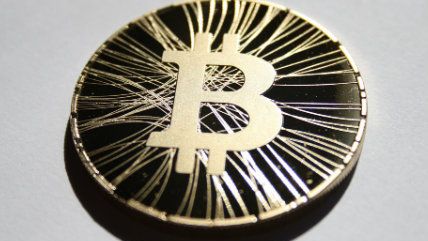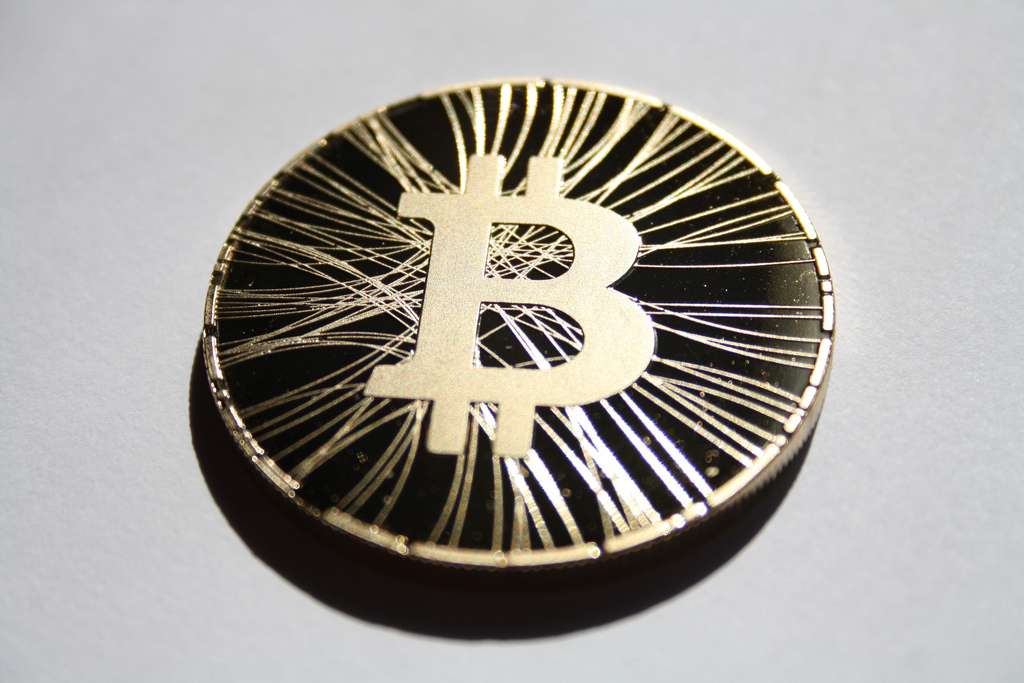Leave Satoshi Alone!
This month saw journalists engaged in yet another failed attempt to discover the identity of Bitcoin's creator.


Another day, another Satoshi. This month, writers for both WIRED Magazine and Gizmodo threw their hats into the unseemly ring of wide-eyed scribblers on the hunt for Bitcoin's creator. And like multiple journalists before them, they failed miserably. Satoshi will not be found until Satoshi wants to be found—which is precisely the way it should be.
Since Bitcoin was first gifted to the masses in January of 2009, intrigue and enigma have generated a unique mystique for the world's first cryptocurrency. But Bitcoin began with a whisper. On November 1, 2008, an email informed a technical discussion-group called the Cryptography Mailing List that the sender, only identified as Satoshi Nakamoto, had been "working on a new electronic cash system that's fully peer-to-peer, with no trusted third party" and included a link to the original white paper.
Two months later, the infant system was online. The Genesis block, which is the first entry in Bitcoin's distributed "block chain" ledger, contains one of the few personal touches that Satoshi left behind. The encrypted message in the Genesis block reads: "The Times | 1/3/2009 | Chancellor on Brink of Second Bailout for Banks"—a reference to the top headline in that morning's Times of London. Beyond this probable anti-central bank sentiment, next to nothing is known about Satoshi the human. The cryptic cryptographer was all business, interacting mostly with legendary computer scientist Hal Finney and unofficial Bitcoin intern Martti "Sirius" Malmi in the early years as they toiled in relative secrecy to liberate finance from the gatekeepers.
The early Bitcoin community valued results, not identity. As is the case with many open-source projects, so long as one's contributions were valid and their reputation clean, users cared little about their meatspace credentials. While Satoshi's comments carried considerably more weight in the forums, there were no real calls to "unmask" the creator for fear of his person or personality. Satoshi delivered. Skeptics were free to depart and do the same.
By late 2010, Satoshi went dark, apparently convinced that the project no longer required direct shepherding by its creator. Developers who had been contributing to the project had honed the skills and vision to continue without Satoshi, and contributors such as Gavin Andresen began filling such a leadership role. None of this was a problem for the core Bitcoin community. The entire purpose of the Bitcoin project is to facilitate a way for humans to access financial channels regardless of personal circumstances. That its leader would be pseudonymous and impersonal is therefore appropriate, even necessary.
Bitcoin skeptics, on the other hand, are downright obsessed with the identity of the cryptocurrency's creator. The same media establishment that spent all of 2013 naysaying the inevitable crash of the "Ponzi scheme" "clown currency" spent much of 2014 hunting down the genius who created his own economy and is thereby changing the world.
The most infamous and embarrassing of these expeditions was Leah McGrath Goodman's March 2014 piece for the newly-resurrected Newsweek. The "face behind Bitcoin" that Goodman thrust upon the world was no masked mastermind at all, but rather a mild-mannered model-train enthusiast who had the poor fortune to be named Satoshi "Dorian" Nakamoto. Among the other activities that Goodman found suspicious were his distrust of government, "asshole" tendencies, and Japanese lineage. But Dorian Nakamoto was not a cryptographer at all, let alone the skilled visionary behind Bitcoin. Dorian wanted peace and quiet (and maybe a free lunch). He was not the Nakamoto they were looking for, but Goodman still dragged his name through the media mud for a tiny shot at an impossible scoop.
In the most recent attempts, WIRED senior writer Andy Greenberg and independent deep-web researcher Gwern Branwen, both highly respected figures among the Bitcoin community, published their scoop fingering one Craig Steven Wright as the probable crypto-genius. Sam Biddle and Andy Cush of Gizmodo corroborated the finding with emails and transcripts that were leaked to them, presenting more evidence that Wright's now-deceased associate, Dave Kleiman, was also involved.
Wright, an Australian autodidact and computer scientist, was a fixture in cryptocurrency discussions. He also has the "weirdo factor" going for him, which journalists seem to find irresistible. But the entirety of the presented evidence—which was provided to both WIRED and Gizmodo by an undisclosed outside source—is wholly circumstantial: Now-scrubbed blog posts of Wright's that make cryptic references around key dates in Bitcoin's history; an email that makes a reference to our "Japanese friend…coming out of retirement;" a transcript that quotes Wright telling tax officials that "I did my best to try and hide the fact that I've been running Bitcoin since 2009."
Anyone who truly understands Bitcoin will know that this seemingly-compelling evidence does not amount to a hill of beans without cryptographic proof. PGP key or GTFO, as the kids say. The only way to truly tell whether someone could be Satoshi would be for them to cryptographically sign a transaction or email with a key that Satoshi is known to have used before—and even that wouldn't prove things with 100 percent certainty. PGP keys are like a password, and it's possible for someone else to use your password. Still, control of such keys is a minimum requirement for any lead in the Satoshi search. On top of that, the individual identified must possess the narrow technical knowledge and vision required to create a cryptocurrency like Bitcoin.
The boys at WIRED and Gizmodo were dazzled by the fact that Wright simply seemed like he could be Satoshi—although, to their credit, both outlets hedged their claims much more professionally than did Newsweek. Biddle and Cush framed their story as "perplexing new evidence in the hunt for Satoshi," while Greenberg and Branwen wrote that "either Wright invented bitcoin, or he's a brilliant hoaxer who very badly wants us to believe he did."
Greenberg, for his part, now veers toward the second possibility. A follow-up story three days after the first was titled "New Clues Suggest Craig Wright, Suspected Bitcoin Creator, May Be Hoaxer." It turns out many of the blog posts that WIRED and Gizmodo originally presented as evidence had actually been manipulated sometime around 2013. And as Bitcoin developer Gregory Maxwell pointed out, the PGP key that appeared among the evidence also looks to have been backdated sometime after 2011. These revelations have added to the growing doubts within the technology scene that they finally had their man. Some suggested Wright may have planned a deliberate hoax to inflate an IPO for his personal business.
Perhaps these latest failures at unmasking Satoshi will convince journalists to give it up. Not only will they almost certainly be wrong, but their efforts will surely end in doom for whatever "Satoshi" sticks in our imagination. It was surely not a coincidence that Craig Steven Wright's home was raided by Australian authorities shortly after the Satoshi stories broke.
Instead of continuing in the fruitless pursuit of the real Satoshi, why not simply enjoy the mystery? In the cryptopioneer's words, "We are all Satoshi." Let's treat ourselves well.


Show Comments (9)